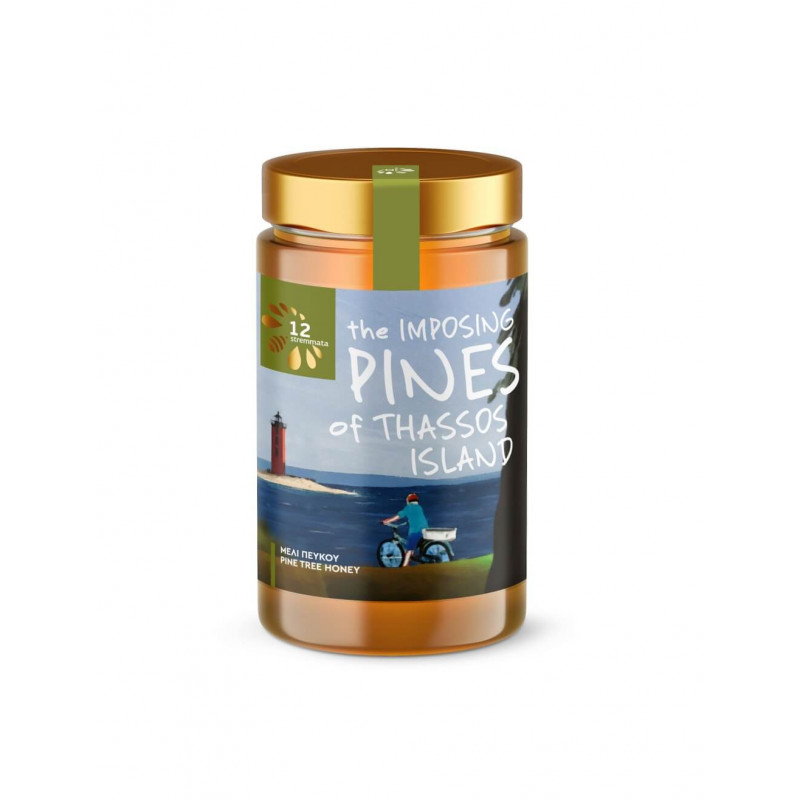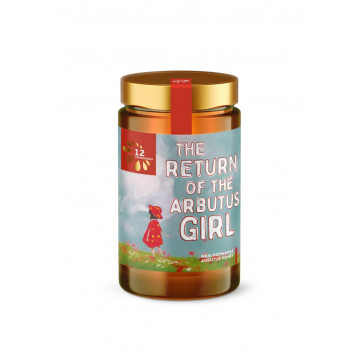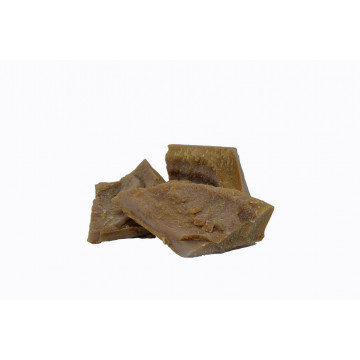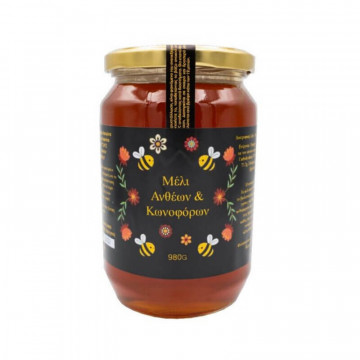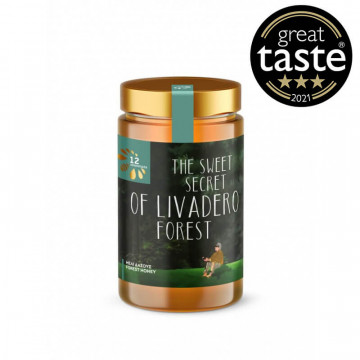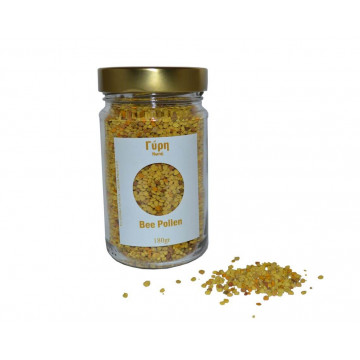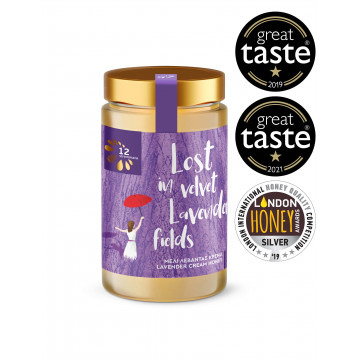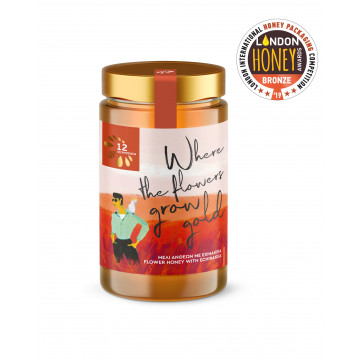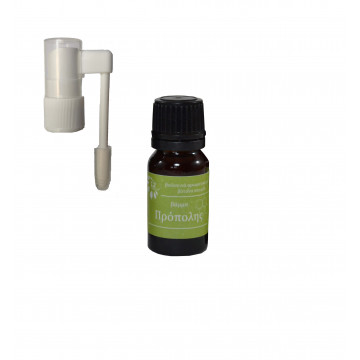Pine honey
Pine honey
Pine honey comes from the honeydew of the insent Marchalina hellenica or otherwise the worker of the pine.
It has a special and characteristic colour which depends on the period of its production. Its colour is in shades from dark yellow to light brown. Pine honey produced in the spring has a lighter colour and greater clarity than that produced in the fall. As a honey, it is not very sweet, due to its low glucose content, while its aroma is spicy and unusual, reminiscent of iodine. It crystallizes slowly, due to is low glucose content, and pure pine honey can remain fluid for a long time. exceeding one and a half years.
The nutritional value of pine honey is very high thanks to the large number of minerals and trace elements it contains. Magnesium, calcium, zinc, iron and copper are some of the minerals and trace elements in its composition. It also contains carbohydrates, proteins, amino acids, vitamins and enzymes which make it an ideal food for athletes, children and people with intense physical and mental activity. Its low sugar and glucose content allows it to be consumed by all age groups.
Pine honey has been shown to have anti-inflammatory and antiseptic effects while also helping to treat coughs, sore throats and gout. In addition, it has tonic properties, increases heart rate and reduces the problems associated with ulcers, while it also has antimicrobial properties.
Unsuitable for infants under 12 months

